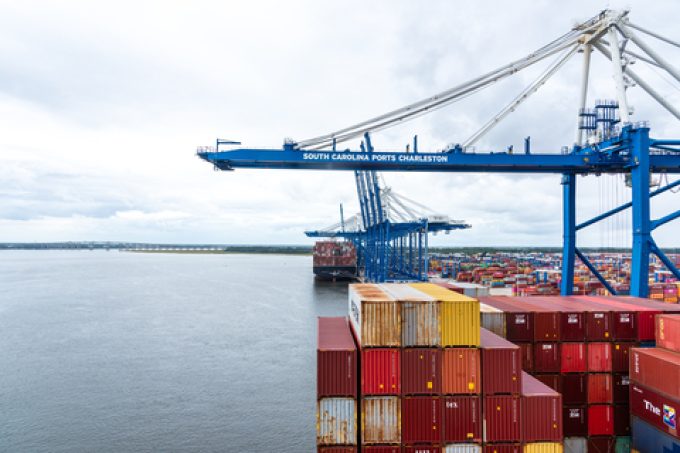Fleet watching is the key to predicting the future in air
All eyes on the aircraft boneyard

Container spot freight rates on the main export routes out of China continued to fall this week, with declines seen on both the transpacific and Asia-Europe trades.
The trend of declining spot freight rates was bucked, however, on the transatlantic, where Drewry’s World Container Index (WCI) recorded a 28% week-on-week increase, to $2,663 per 40ft, on its Rotterdam-New York leg.
And the backhaul New York-Rotterdam leg price rose 4%, to $761 per 40ft, as forwarders claimed pre-US east coast strike surcharges have ...
Volcanic disruption at Anchorage could hit transpacific airfreight operations
Macron calls for ‘suspension’ – CMA CGM's $20bn US investment in doubt
Forwarders stay cool as US 'liberation day' tariffs threaten 'global trade war'
De minimis exemption on shipments from China to the US will end in May
Shippers snap up airfreight capacity to US ahead of tariff deadline
Tighter EU import requirements proving 'a challenge' for forwarders
Looming Trump tariffs will create 'a bureaucratic monster' for Customs

Comment on this article